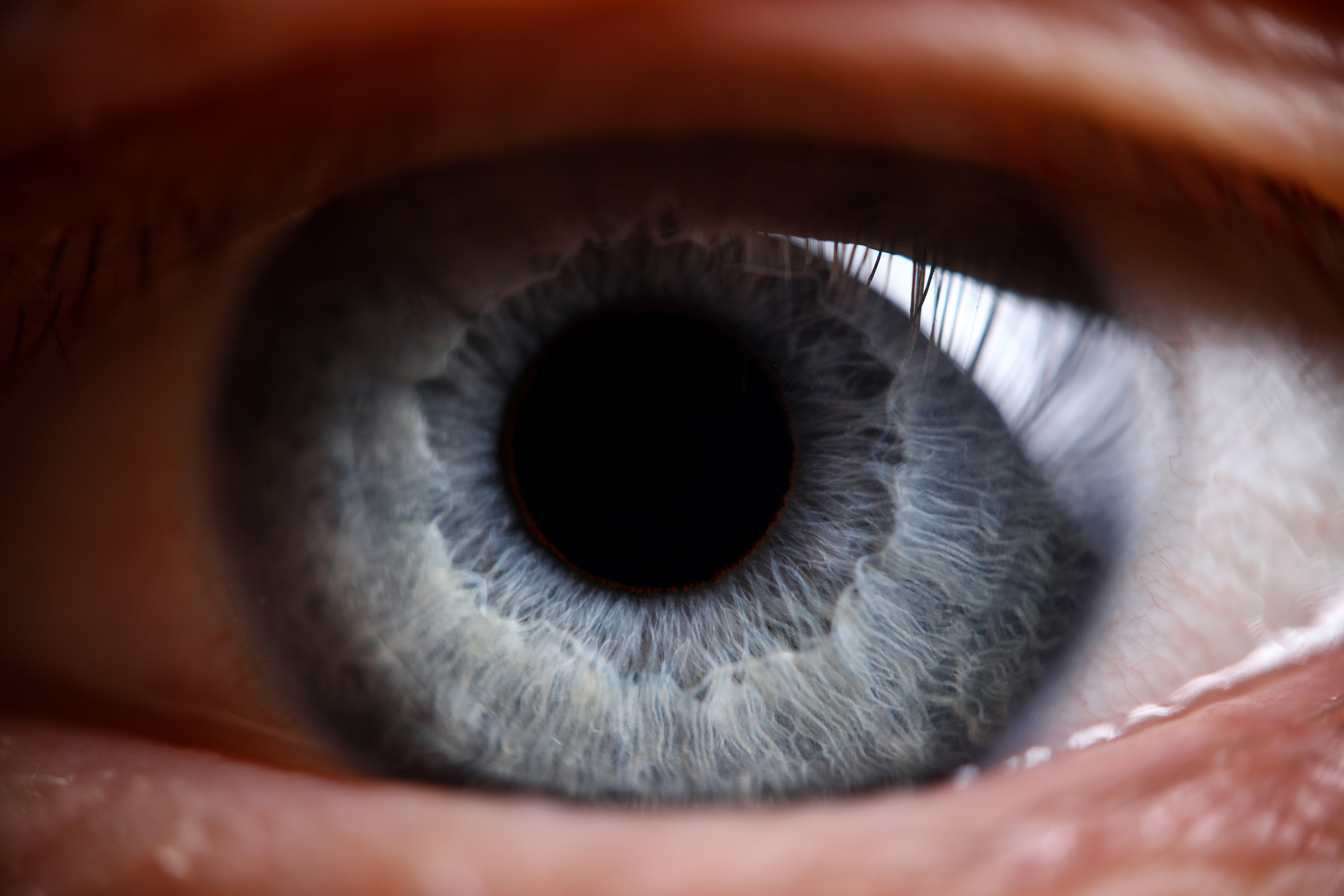What are floaters in the eye?

Publication date: 04-07-2023
Updated on: 04-07-2023
Topic: Ophthalmology
Estimated reading time: 1 min
Article Author
Clelia AndolinaMedical Editor
Lorenzo Luliano
Editor and Translator
Viktoryia LuhakovaThe term “myodesopsia” refers to the visual symptom that describes the patient's perception of “flying flies” (filaments, dots or spider webs) intruding into the visual field. Nearsightedness and poor body hydration are the main reasons for this disorder, which mainly occurs starting in adulthood.
What are myodesopsias and why do they occur? Is there a remedy to reduce their frequency or eliminate them altogether? We asked Dr. Lorenzo Luliano, ophthalmologist at the Ophthalmology Unit of Ospedale San Raffaele directed by Prof. Francesco Bandello.
What are myodesopsias and how do they occur?
Myodesopsias are an extremely common visual symptom across various age groups, typically reported by the patient as a vision of “flying flies.” The perception of the disorder may vary from subject to subject, manifesting in fact with a multifaceted overview of visual symptoms such as moving spots, cobwebs, hair, dots or little clouds, of varying size and quantity, that move following the movement of the eyes and seem to “follow” us with their movement. Despite the differences, the symptoms can all be traced to the same kind of phenomenon.
What are they caused by?
Myodesopsias are caused by internal impurities in the vitreous body. The vitreous body is the gelatinous substance that fills the inside of our eye, behind the lens. It should be imagined as a kind of transparent jelly pad, perfectly swollen at the time of youth and adolescence, and filling the eye in its entirety.
Over the years, the vitreous normally undergoes a gradual loss of tone and firmness, becoming progressively more uneven and irregular.
It may even happen that in this “drooping” process, the vitreous may separate from the retina, with which it is naturally in contact, giving rise to “vitreous detachment.” The resulting formation of internal vitreous impurities is responsible for the vision of all those corpuscles that are generically called “'flying flies.”
Therefore, although all age groups can be affected by the phenomenon of myodesopsias, they occur more often in adults and the elderly, especially when keeping the gaze fixed on a light or particularly bright background, such as a white wall may be.
The disorder can occur even in good general or ocular health, although it often accompanies other ocular conditions, the most common of which is myopia.
Dehydration and “flying flies”
The vitreous body consists almost entirely of water and the remainder of complex sugars (mucopolysaccharides, including the famous hyaluronic acid), salts and collagen-like proteins.
Therefore, when the structure of the vitreous body deteriorates, there is a fluidization of the gelatinous component, which, as it fragments, results in the formation of this sort of “moving bodies.”
This is the reason why, in this case, proper body hydration on the part of the patient is essential, understood as the introduction of fluids into the body, not to be confused with eye hydration, which can result, if insufficient, in so-called dry eye.
How to treat myodesopsias?
In general, when you begin to perceive “flying flies” or moving bodies in your field of vision, it is a good idea to conduct an eye examination, especially if you observe an increase in their number over a short period of time or if the symptom is accompanied by other visual disturbances, such as flashes or a reduction in the visual field.
There is no drug therapy to treat this disorder, but it is certainly a good recommendation to hydrate properly and sufficiently, especially after intense sports and in the warmer months. Very often, in fact, proper fluid intake can already reduce the perception of the disorder.
In addition, the subject can leverage the adaptive capacity of the visual apparatus: in fact, our brain has the ability to “eliminate” the perception of some visual impurities by exploiting the other eye as a compensation mechanism.
Surgical therapy, with the surgery of vitrectomy (which removes the vitreous), would have the theoretical potential to permanently resolve the problem, but it is reserved for extreme and very specific cases, given its invasive characteristics.